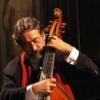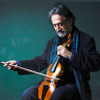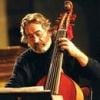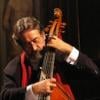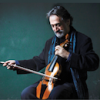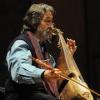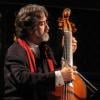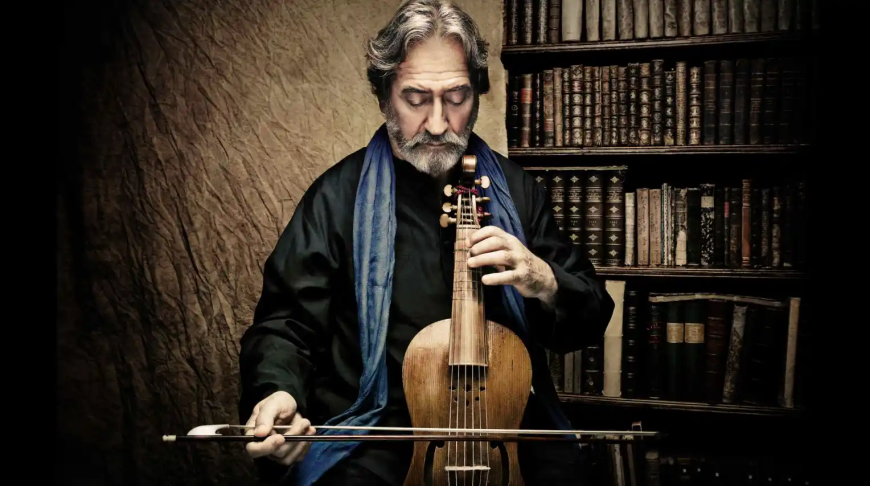
Jordi Savall is not easy to pin down. Active over five decades of performing and recording, he inhabits many identities: a stellar performer on the viola da gamba; a Catalonian patriot; a promoter of traditional, regional music; an advocate of pushing early music far beyond its usual boundaries; an inventive and fiercely inclusive musical impresario and performer.
Now in his 80s, Savall remains as active as ever, credited on his website with some 140 concerts and six recordings a year. A search for him on YouTube reveals hundreds of videos and tracks, and his discography is almost as voluminous. Here’s a guide to the sometimes-bewildering array of Savall’s many musical projects.
Tous les Matins du Monde, Original Soundtrack, AVSA9821
You might have heard Savall at the movies without knowing it, playing the viola da gamba in the 1991 Alain Corneau film Tous les Matins du Monde. In this evocation of music-making in and out of the court of Louis XIV, Savall produced a rich soundtrack that became a hit on its own merits as a CD. His off-screen performances in the film opened listeners’ ears to the haunting sounds of the viola da gamba. Marin Marais’ evocation of Paris church bells (La Sonnerie de Sainte-Geneviève) sounds as if written for the cinema. An added bonus is the orchestral music that Savall brings to the film, such as Jean-Baptiste Lully’s over-the-top “March of the Turks.”
La Folia, Jordi Savall and Ensemble, AVSA9805
Savall’s many recordings of the music for the viola da gamba — most famously, that of Marais, but including many other composers — are treasures for both gamba aficionados and early music listeners in general. Recordings — some for solo gamba and some for ensembles, from as early as 1975 — still circulate, and although many are now out of print, others have been reissued in recent years under the Alia Vox label that Savall created in 1998. One especially attractive album is a 2003 collection of variations on La Folia, the smash hit tune of 16th-century Europe. Here is a video from a Breton music festival with Savall playing the exuberant and virtuosic variations by 18th-century composer Antonio Martin y Coll.
The Celtic Viol, Jordi Savall and Andrew Lawrence-King, AVSA9865
Among Savall’s most endearing recordings are two CDs called The Celtic Viol, issued in 2008 and 2010 (Alia Vox). Here his interest in the “division” techniques of gamba playing (that is, ornamenting and varying a popular tune) takes him into the riches of traditional Scottish and Irish fiddle tunes. Harpist Andrew Lawrence-King provides an improvised accompaniment. Here’s their version of the haunting Scottish tune “Hard is My Fate.”
Llibre Vermell de Montserrat, La Capella Reial de Catalunya and Hespèrion XXI, AVSA9919
Savall is a seminal figure in the early-music project of recovering music from the margins and bringing it to life in performance and recording. He has worked for decades with the music of the Llibre Vermell de Montserrat (Red book of Montserrat), a 14th-century manuscript still housed in the abbey west of Barcelona for which its songs were first intended. The abbey and its music (of praise to the Virgin Mary) are both central to Catalonian regional identity, yet paradoxically in Savall’s treatment it is played on instruments from many Mediterranean nations and traditions — an Armenian duduk, a Corsican ceterina, an Arabic kanun, a Majorcan xeremia, a Mesopotamian dulcimer, among a wealth of others. Here Savall and two ensembles founded by him (La Capella Reial de Catalunya and Hespèrion XXI) perform Laudemus Virginem (Let us praise the Virgin) and Los Set Gotxs (The seven joys) from the Llibre Vermell.
The Llibre Vermell songs were issued in a 2013 Alia Vox set with CD, DVD, and a booklet loaded with ideas about the music in six languages — including, of course, Catalan. A similar format became Savall’s trademark through the first decades of this century, when he and his collaborative artists recorded and performed widely with fascinating topical programs exploring Mediterranean music well beyond the expected centers of Italy, Spain, and France — for example, the music of the Ottoman Empire in two different programs (“Istanbul” and “La Sublime Porte”).
Jérusalem — La Ville des deux Paix, Jordi Savall, Montserrat Figueras, and various ensembles, AVSA9863
Another big project celebrated the holy city of Jerusalem with music from widely diverse traditions including Arabic, Sephardic, Greek, Hebrew, and Armenian. This clip from a live performance features Savall’s wife, the late soprano Montserrat Figueras, whose performances were integral to Savall’s work until her death in 2011.
Bay Area readers may recall seeing Savall’s “Routes of Slavery,” which was presented by Cal Performances in 2018 and reviewed in San Francisco Classical Voice. It broadened its musical and theatrical reach beyond the Mediterranean to include West African musicians.
Beethoven — Révolution: Symphonies 6 à 9, Le Concert des Nations, AVSA9946
In recent years, Savall has also turned back to the European core of classical music, conducting Le Concert des Nations, a period orchestra that he founded in 1989. The ensemble has recently released all nine Beethoven symphonies to considerable critical praise. Our last selection of Savall’s work is Beethoven’s Pastoral Symphony (number 6). Its opening movement is particularly beautiful—sparkling and fluent.
Savall’s calendar for the rest of 2022 lists some 78 performances over the next seven months (almost one every three days!) — across much of Europe as well as South America and Australia — with music from medieval European and Arabic to Monteverdi, Bach, Schubert, and Beethoven.


